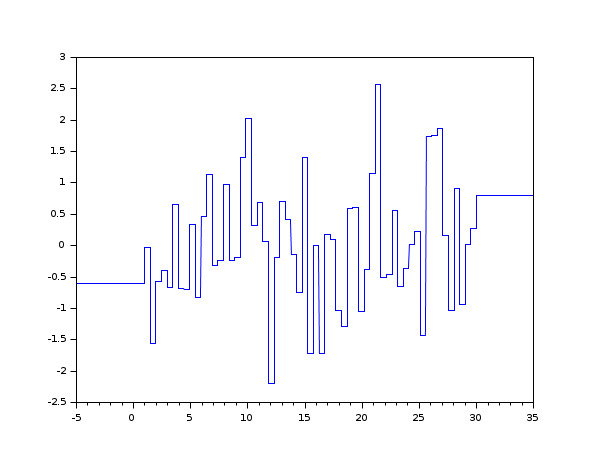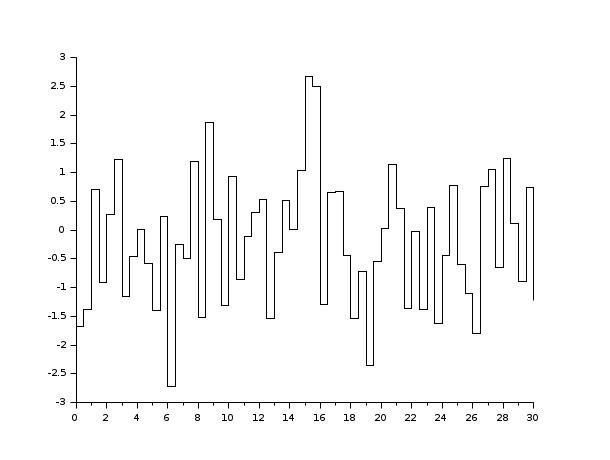Scilab 5.5.2
- Ajuda do Scilab
- CACSD
- formal_representation
- Plot and display
- plzr
- pol2des
- routh_t
- ssprint
- syslin
- abinv
- arhnk
- arl2
- arma
- arma2p
- arma2ss
- armac
- armax
- armax1
- arsimul
- augment
- balreal
- bilin
- bstap
- cainv
- calfrq
- canon
- ccontrg
- cls2dls
- colinout
- colregul
- cont_mat
- contr
- contrss
- copfac
- csim
- ctr_gram
- damp
- dcf
- ddp
- dhinf
- dhnorm
- dscr
- dsimul
- dt_ility
- dtsi
- equil
- equil1
- feedback
- findABCD
- findAC
- findBD
- findBDK
- findR
- findx0BD
- flts
- fourplan
- freq
- freson
- fspec
- fspecg
- fstabst
- g_margin
- gamitg
- gcare
- gfare
- gfrancis
- gtild
- h2norm
- h_cl
- h_inf
- h_inf_st
- h_norm
- hankelsv
- hinf
- imrep2ss
- inistate
- invsyslin
- kpure
- krac2
- lcf
- leqr
- lft
- lin
- linf
- linfn
- linmeq
- lqe
- lqg
- lqg2stan
- lqg_ltr
- lqr
- ltitr
- macglov
- minreal
- minss
- mucomp
- narsimul
- nehari
- noisegen
- nyquistfrequencybounds
- obs_gram
- obscont
- observer
- obsv_mat
- obsvss
- p_margin
- parrot
- pfss
- phasemag
- ppol
- prbs_a
- projsl
- repfreq
- ric_desc
- ricc
- riccati
- rowinout
- rowregul
- rtitr
- sensi
- sident
- sorder
- specfact
- st_ility
- stabil
- sysfact
- syssize
- time_id
- trzeros
- ui_observer
- unobs
- zeropen
Please note that the recommended version of Scilab is 2026.0.0. This page might be outdated.
However, this page did not exist in the previous stable version.
noisegen
noise generation
Calling Sequence
b = noisegen(pas, Tmax, sig)
Arguments
- pas
real scalar, the time increment
- Tmax
real scalar, the final time of the interval of noise generation
- sig
real scalar, the standard deviation of the noise
Description
noisegen() generates a Scilab function b = Noise(t)
where Noise(t) is a piecewise constant function
(constant on [k*pas, (k+1)*pas]). The value on each constant
interval are random values from i.i.d Gaussian variables of
standard deviation sig. The function is constant for t <= 0 and
t >= Tmax.
 |
Examples
Example #1: noisegen()

Example #2: rand()
// Plot a zero mean gaussian white noise with the variance 1. // To use a different variance, multiply rand() by the square root of the variance. t = 0:.5:30; sig = 1; // Standard deviation of the white gaussian noise noise = sig*rand(t, "normal"); plot2d2(t, noise);

| Report an issue | ||
| << nehari | CACSD | nyquistfrequencybounds >> |